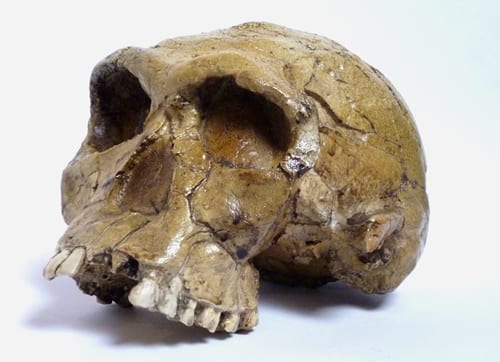Specimen of the Week 268: The carp – How things got fishy
By Jack Ashby, on 2 December 2016
This week in The Conversation I wrote that there is no biological definition of fish that doesn’t involve humans. However the group that most people recognise as the fishiest are the ray-finned fishes. They have fins supported by a series of fine flexible rods. It is the ray-fins that have gone on to be the dominant vertebrates in the seas, lakes and rivers: there are around 30,000 species. This makes them by far the most diverse vertebrate group, and I’d like to explore how that happened. Among them is this week’s Specimen of the Week:
 Close
Close









